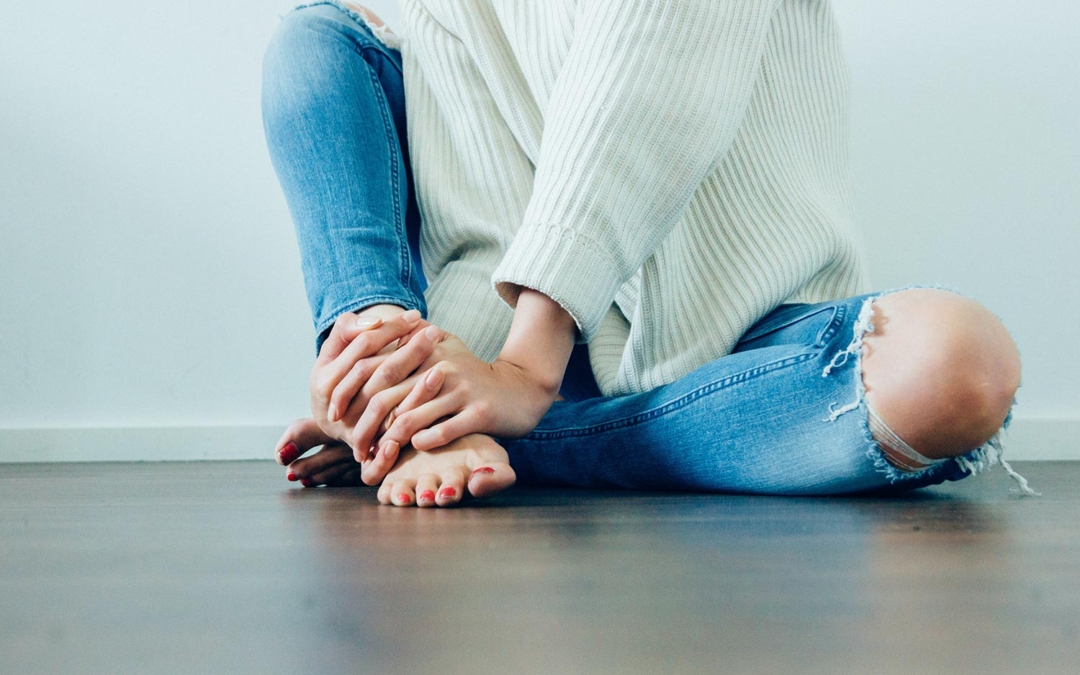What is Achilles tendonitis?
The Achilles tendon allows people to push their feet down and acts as a shock absorber. Both of which are essential for walking, running, and jumping movements.
Achilles tendonitis symptoms
- Pain and stiffness in the lower back leg
- Pain in the back of the heel
- Swelling in the lower back leg
The symptoms may come and go or be constant. In some cases, they may limit people’s ability to exercise and play sports.
The Achilles tendon allows people to push their feet down and acts as a shock absorber. Both of which are essential for walking, running, and jumping movements.
Achilles tendonitis and sports
If left untreated, Achilles tendonitis may worsen and increase the risk of rupturing the tendon (Gatz et al., 2020). It is therefore important to begin treatment as soon as possible.
Treatments
Physical therapy
A study published in The American Journal of Sports Medicine investigated the long-term effectivity of physiotherapy on the treatment of Achilles tendonitis (Silbernagel et a., 2011).
The study followed 34 participants who received only physical therapy for Achilles tendonitis for five years.
After five years, the researchers followed up with the participants. They found that 80% of participants made a full recovery. Furthermore, most participants were symptom-free and had improved functionality.
The results of this study suggest physical therapy may be an effective treatment for Achilles tendonitis.
Low-level laser therapy
A study published in the British journal of sports medicine investigated whether LLLT could reduce inflammation in patients with Achilles tendonitis (Bjordal et al., 2006).
The study included 7 participants with Achilles tendinitis in both legs.
The participants received LLLT to one leg and placebo LLLT to the other leg from a physiotherapist. Neither the participants nor the researchers knew which leg had undergone which treatment.
After treatment, participants reported less pain and inflammation in the LLLT-treated leg.
Another study published in the Journal of the Mechanical Behavior of Biomedical Materials compared the efficacy of LLLT and diclofenac (an anti-inflammatory drug) in the treatment of Achilles tendonitis (Marcos et al., 2014).
The study found that LLLT was better at protecting and repairing the elasticity of the tendon.
The results of these studies suggest that LLLT may be an effective treatment for Achilles tendinitis.
A study published in The American Journal of Sports Medicine investigated the long-term effectivity of physiotherapy on the treatment of Achilles tendonitis (Silbernagel et a., 2011).
The study followed 34 participants who received only physical therapy for Achilles tendonitis for five years.
After five years, the researchers followed up with the participants. They found that 80% of participants made a full recovery. Furthermore, most participants were symptom-free and had improved functionality.
The results of this study suggest physical therapy may be an effective treatment for Achilles tendonitis.
References
Bjordal, J. M., Lopes-Martins, R. A., & Iversen, V. V. (2006). A randomised, placebo controlled trial of low level laser therapy for activated Achilles tendinitis with microdialysis measurement of peritendinous prostaglandin E2 concentrations. British journal of sports medicine, 40(1), 76–80. https://doi.org/10.1136/bjsm.2005.020842
Farivar, S., Malekshahabi, T., & Shiari, R. (2014). Biological effects of low level laser therapy. Journal of lasers in medical sciences, 5(2), 58–62.
Gatz, M., Spang, C., & Alfredson, H. (2020). Partial Achilles Tendon Rupture-A Neglected Entity: A Narrative Literature Review on Diagnostics and Treatment Options. Journal of clinical medicine, 9(10), 3380. https://doi.org/10.3390/jcm9103380
Kujala, U. M., Sarna, S., & Kaprio, J. (2005). Cumulative incidence of Achilles tendon rupture and tendinopathy in male former elite athletes. Clinical journal of sport medicine: official journal of the Canadian Academy of Sport Medicine, 15(3), 133–135. https://doi.org/10.1097/01.jsm.0000165347.55638.23
Marcos, Arnold, G., Magnenet, V., Rahouadj, R., Magdalou, J., & Lopes-Martins, R. Á. B. (2014). Biomechanical and biochemical protective effect of low-level laser therapy for Achilles tendinitis. Journal of the Mechanical Behavior of Biomedical Materials, 29(SI), 272–285. https://doi.org/10.1016/j.jmbbm.2013.08.028
Silbernagel, Brorsson, A., & Lundberg, M. (2011). The Majority of Patients With Achilles Tendinopathy Recover Fully When Treated With Exercise Alone: A 5-Year Follow-Up. The American Journal of Sports Medicine, 39(3), 607–613. https://doi.org/10.1177/0363546510384789




